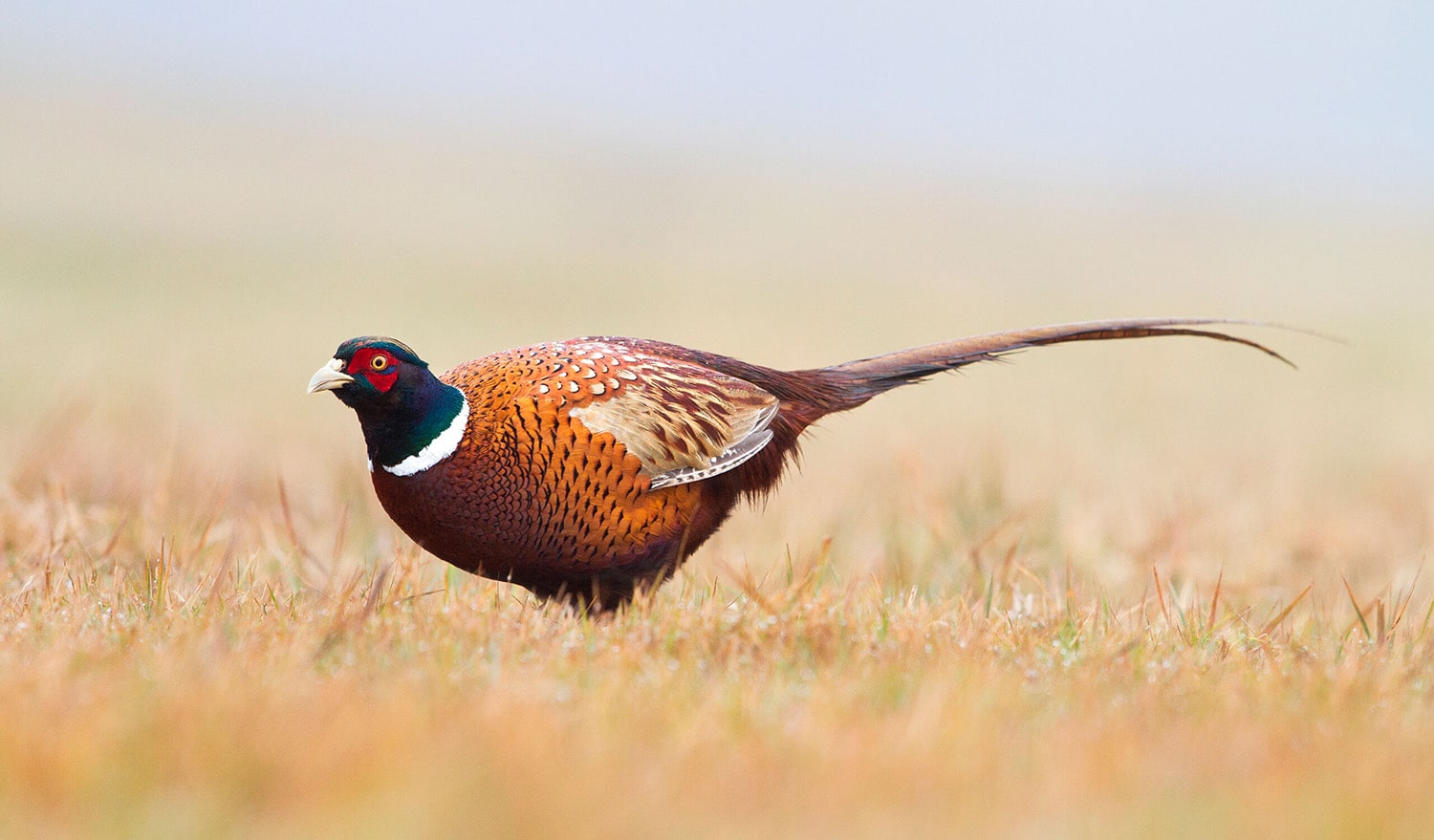
38 interesting facts about pheasants
- 👁️ 311
Pheasants are among the most colorful and fascinating birds in the avian world, known for their striking plumage and rich history in various cultures. These birds belong to the Phasianidae family, which also includes other game birds such as quails, partridges, and turkeys. Originating from Asia, pheasants have been introduced to other parts of the world for hunting, ornamental purposes, and their adaptability to diverse habitats. Their distinctive appearance and behaviors have captivated bird watchers, hunters, and nature enthusiasts alike. Let’s delve into some interesting and informative facts about pheasants that highlight their unique characteristics, behaviors, and role in the ecosystem.
- There are over 35 species of pheasants spread across the world, with the majority found in Asia.
- The common pheasant, Phasianus colchicus, is the most widely known species and has been introduced to numerous countries outside its native range.
- Male pheasants are known for their bright and varied colors, while females typically have more subdued and camouflaged plumage.
- Pheasants are ground feeders but roost in trees at night to avoid predators.
- The male common pheasant’s call, a loud, crowing sound, is used to claim territory and attract females.
- Pheasants are omnivorous, eating a diet of grains, seeds, fruits, insects, and small animals.
- The male pheasant is called a rooster, the female a hen, and the young are known as chicks.
- During the breeding season, male pheasants become very territorial and can be seen performing elaborate courtship displays to attract mates.
- Pheasants have been hunted for sport and food for centuries, with their introduction into Europe dating back to the Roman Empire.
- The Lady Amherst’s pheasant, named after the wife of William Pitt Amherst, Governor-General of India, is noted for its stunningly vibrant plumage.
- Pheasants can fly short distances very quickly but generally prefer to run when threatened.
- The Golden Pheasant, native to forests in mountainous areas of western China, is another highly ornamental species known for its bright colors.
- Habitat destruction and overhunting have led to the decline of several pheasant species, with some now considered endangered.
- Pheasants typically have a lifespan of around 3 to 4 years in the wild, though this can vary significantly based on environmental factors.
- In many cultures, pheasants are symbols of nobility and refinement.
- The Green Pheasant, native to Japan, is the country’s national bird.
- Pheasants are capable of running up to 8-10 miles per hour to escape predators.
- Ring-necked Pheasants, a species introduced to North America, have adapted well and are now widespread across the continent.
- The tail of a male pheasant can be over 50 cm long, making it one of their most distinctive features.
- In captivity, pheasants can live up to 20 years, significantly longer than in the wild.
- The IUCN Red List includes several pheasant species that are at risk of extinction due to habitat loss and hunting.
- Pheasant eggs are larger than those of most other birds in the Phasianidae family.
- Some species of pheasants, like the Peacock Pheasant, have eye-like spots on their tail feathers similar to those of a peacock.
- The practice of breeding and releasing pheasants for hunting has led to genetic mixing among different pheasant populations.
- Pheasant hunting is considered a traditional sport in many parts of Europe and North America.
- The Silver Pheasant, known for its striking white and black plumage, is native to the forests of Southeast Asia.
- Pheasants play an important role in their ecosystems as both predators and prey.
- In spring, male pheasants can be seen engaging in fierce battles for the attention of females.
- The earliest documentation of pheasants in England dates back to the 10th century.
- Pheasants are included in Chinese mythology and are often depicted in art and literature.
- The introduction of pheasants to new habitats has sometimes negatively impacted local ecosystems and native species.
- Despite their colorful appearance, pheasants are skilled at blending into their surroundings to avoid detection.
- Pheasants have been kept as ornamental birds in gardens and estates for their beauty.
- Conservation efforts for pheasants include habitat restoration and protection, as well as captive breeding programs.
- The flight speed of a pheasant can reach up to 60 miles per hour in short bursts.
- Pheasant feathers are used in traditional hat making and fly fishing lures.
- The Mongolian Ringneck, a subspecies of the common pheasant, is known for its hardiness and ability to withstand cold climates.
- The World Pheasant Association works globally to promote the conservation of all species of pheasants and their habitats.
Pheasants are remarkable birds with a wide variety of species showcasing an array of vibrant colors and intriguing behaviors. Their significance in human culture and history is as rich and varied as the species themselves. From being symbols of beauty and nobility to their role in traditional hunting sports, pheasants continue to captivate and engage people around the world. Conservation efforts are crucial to ensuring that future generations can continue to enjoy and learn from these magnificent birds. As we come to understand more about pheasants, we deepen our appreciation for the diversity of life and the importance of protecting our natural heritage.
Pheasants are among the most colorful and fascinating birds in the avian world, known for their striking plumage and rich history in various cultures. These birds belong to the Phasianidae family, which also includes other game birds such as quails, partridges, and turkeys. Originating from Asia, pheasants have been introduced…